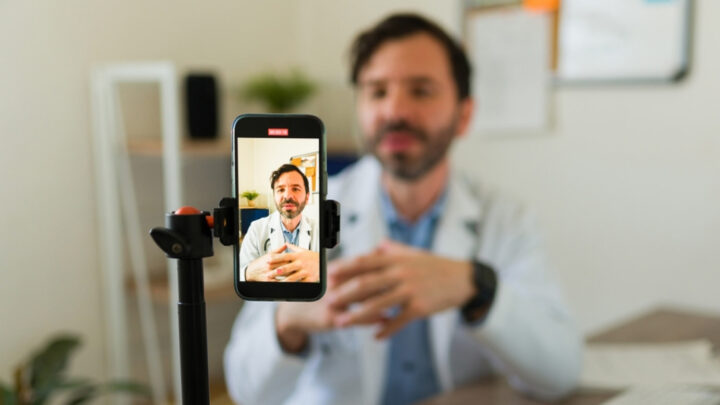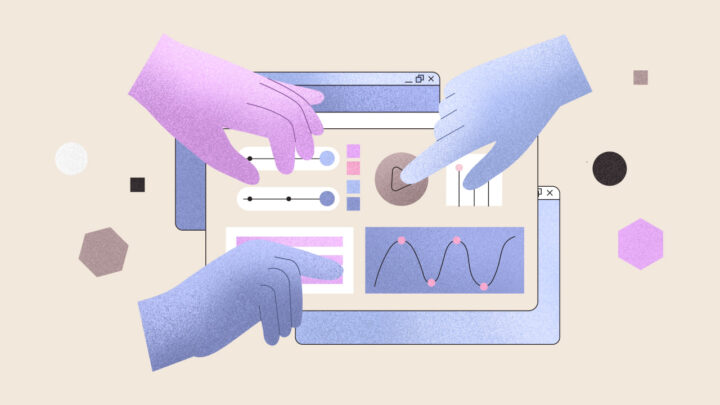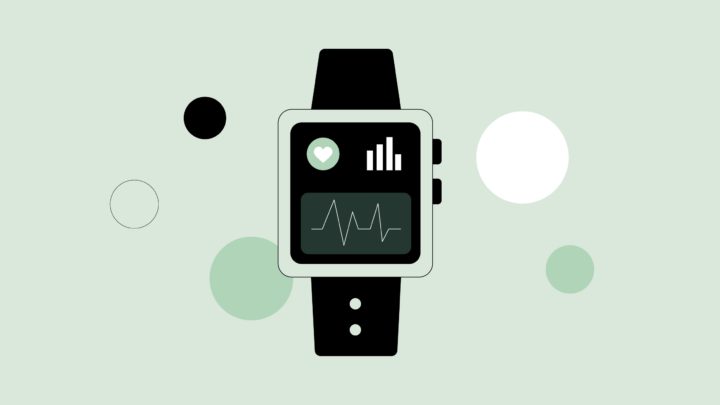
Today’s patients are highly savvy when it comes to taking a more active approach in their wellbeing through services such as wearable heart monitors, home genetic testing, and using mobile health apps to connect to their care providers. These healthcare data management trends may seem unrelated, however, they are connected through one thing—the rapid expansion of medical data.
With all this data coming in at an overwhelming growth rate year after year, healthcare businesses are now trying to explore ways to harness its potential in order to help their patients and partners alike. Therefore, data management is the need of the hour when it comes to healthcare.
In this piece, we will be looking at a few data management best practices for healthcare businesses targeting growth and looking at ways to optimize outcomes.
1) Automate Wherever Possible
Digital innovation has provided healthcare businesses with robust, artificial intelligence (AI) driven tools to prevail over many of the most critical challenges being faced by the industry at present.
One of the topmost challenges on this list remains to be—discerning how to congregate, store and manage the vast troves of healthcare data from disparate sources—and how to mine that data for the useful insights required to run healthcare facilities efficiently, formulate policies, and furnish the best possible care options for patients.
Automation has emerged as an effective tool on this front. Automated healthcare solutions—driven by advanced machine learning algorithms—when used in conjunction with cloud-based platforms, can give healthcare businesses the power to harness the data made available in an endlessly connected world and use it to its full potential.
From scheduling and billing a patient’s routine doctor visit, to conducting research on new therapies and medications—it’s data alone that defines an organization’s goals and drives intelligent decisions.
Automating manual tasks can also leave your staff with more time to concentrate on activities that require immediate attention and that directly contribute to your business’ bottom line.
Automated healthcare solutions can create what can be called a framework, not only for making the data accessible, but for making it purposeful.
2) Look to Leveraging Cloud Computing
In the recent past, an enormous shift has been observed in the creation, utilization, storage, and sharing of medical data.
Healthcare businesses have come a long way in optimizing their data management practices from storing all their paperwork on conventional systems, to now embracing digitization. This has been especially evident in the speedy adoption of electronic health record (EHR) systems.
According to one recent report published by Veritis, close to 83% of the healthcare sector is currently using the Cloud for their core operations. For an industry that has long been ill-famed for lagging behind its contemporaries when it comes to embracing technology, it is leading by example when it comes to cloud adoption.
The ubiquitous adoption of cloud computing technology in healthcare goes far beyond simply storing data over cloud architecture. Embracing cloud technology has a two-fold advantage. It has proven to be beneficial for both healthcare providers and their patients alike.
On the business side, cloud technology has proven its potential in cutting down operational costs while enabling providers to furnish high quality, personalized care solutions.
Patients who have grown accustomed to the swift delivery of many services, will expect the same agility from the healthcare sector. Cloud adoption also boosts patient engagement by giving patients access to their own healthcare information, resulting in improved patient outcomes.
The increased accessibility of healthcare data that comes alongside cloud adoption frees up both providers as well as their patients, and breaks down location barriers that otherwise restrict access to high-quality care. Progressive healthcare businesses should be looking at leveraging this state-of-the-art tech innovation if they wish to stay ahead of their industry counterparts.
3) Eliminate Organizational Data Silos
Too often, it can be noticed that data is decentralized across various locations and departments within a healthcare organization or medical practice. While these kinds of ‘data silos’ can easily become accepted as a norm, they present serious obstacles to widespread data sharing and overall growth.
Some of these include:
- Inefficient, incomplete or completely unavailable communication channels between various teams within your organization
- Inability to get together and discuss intelligent ideas and disseminate data insights
- Lack of alignment around important organizational strategies, including competing interests
- Data systems scattered across various locations, and patchwork patient management creating incongruencies, inaccuracies, and incomplete data
Data silos represent a systemic issue with consequences that extend beyond data management alone. The ongoing coronavirus pandemic has truly demonstrated that and even the most established healthcare leaders have had to struggle in finding ways to boost team collaboration.
Patients are impacted, too, as these disparate systems make it difficult for providers to track trends, identify health-related patterns, and communicate information to patients with continuity. All of this ultimately translates to lower quality of care.
Opening up the discussion by sharing data across various collaboration channels (provided that your employees truly require access to it in order to carry out tasks) means that we look at situations from all sides at the same time—resulting in faster, better outcomes and built-in acceptance from various departments who were involved in the process.
In order to do this, healthcare businesses need to structure their data management strategy and data platforms around the needs of their consumers. It is also important to consider how digital tools can connect different operational units, improve communication, and facilitate data transmittance within your organization.
All in all, business growth is an ongoing process. It demands continual effort. Your organization needs to function as a single unit. Each one of your employees needs to understand their individual and collective responsibilities towards data security and regulatory compliance. Finally, leaders and managers need to be on the constant lookout for ways they can innovate and find fresh ways to deliver the best patient-centric care.















